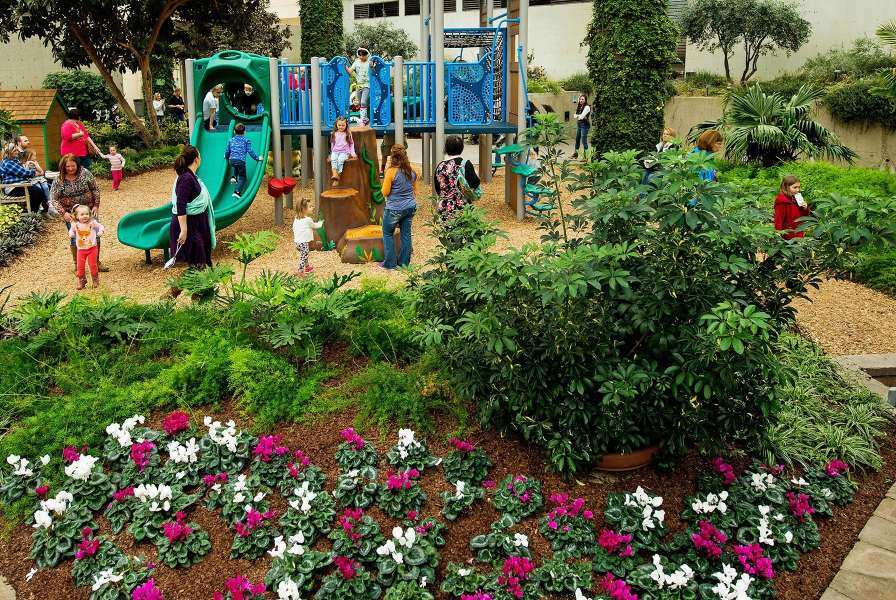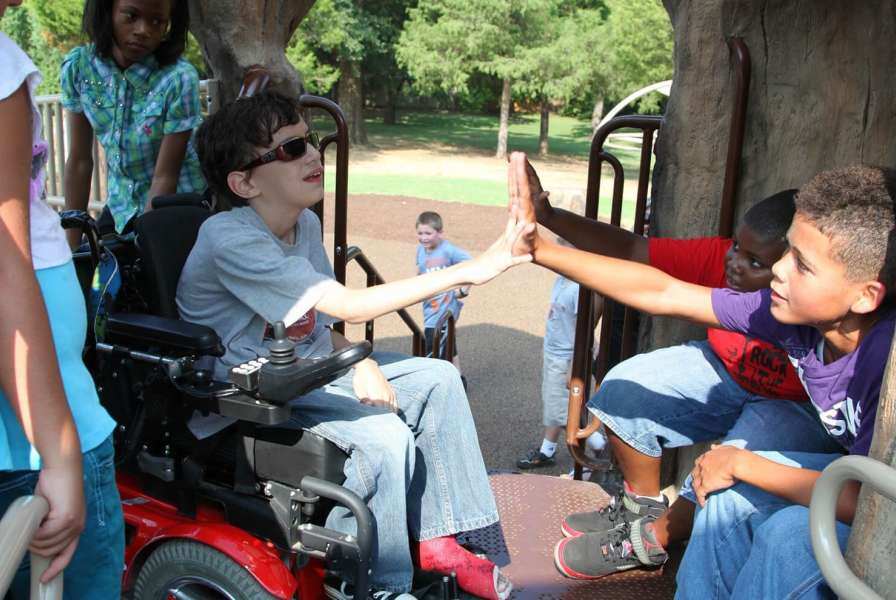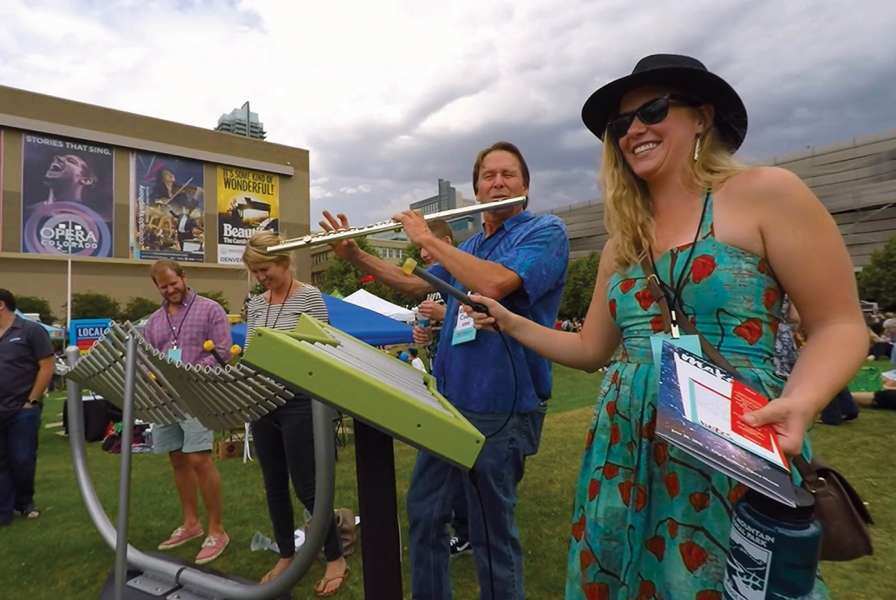The most complex entity in the known universe is the human brain.
In my long lifetime, it has been a privilege to view the immense flood of information on the human brain, from the physiology of individual neurons and their connections (we each have trillions of connections,) to patterns that underlie human behavior.
To gain better understanding of just how the brain works, the majority of play researchers have focused on an individual brain cell and how it acts, or have looked at millions of cells operating in harmony to produce behavior. We are still a long way from understanding human consciousness, but despite the unknowns, we are on the threshold of much greater and practical understanding, and PLAY can now be seen in perspectives that increase its overall importance in the scheme of things.
Back in the late 60’s, as a young research-oriented psychiatrist, when I learned that severe play deprivation had major negative behavioral consequences, I got curious about the whole subject of play and the brain. If you have read the book, Play, How it Shapes the Brain, Opens the Imagination, and Invigorates the Soul, you will know that I had a wonderfully playful Labrador Retriever, Jason (of the golden fleece!) Well, being interested in just how strong his play impulses were, I decided to test them. Jason loved to be taken out for a run, usually on leash until an open field was reached, so whenever the leash was evident, he excitedly responded. He also loved to eat, and he usually relished good dog food first thing before his outdoor romp. I decided to test which was stronger…the urge to eat or the desire to go for a playful run? So concurrently, I set out a luscious bowl of his favorite food, and held up his leash…He inevitably chose the leash and the outdoor adventure over scarfing up his food. Hmm. It seemed the play urge was stronger that the hunger urge. A big surprise at the time.
Since then, I have found through the meticulous research of others, that the circuits that respond to play triggers (the leash) and the hunger circuits both are located in the deep survival centers of the brain. From the brain’s point of view, both play and sleep are experienced as “physiologic necessities” just as something as basic as, for example, drinking to slake thirst.
My interviews of highly playful Nobel Laureates and other deeply engaged fulfilled and playful adults, as well as many reviews of play starved adults who have “lost” their play upholds the stark findings of animal researchers, as well as the positive results from developmentally healthy play. Play is a NECESSITY in brain development and engagement.









